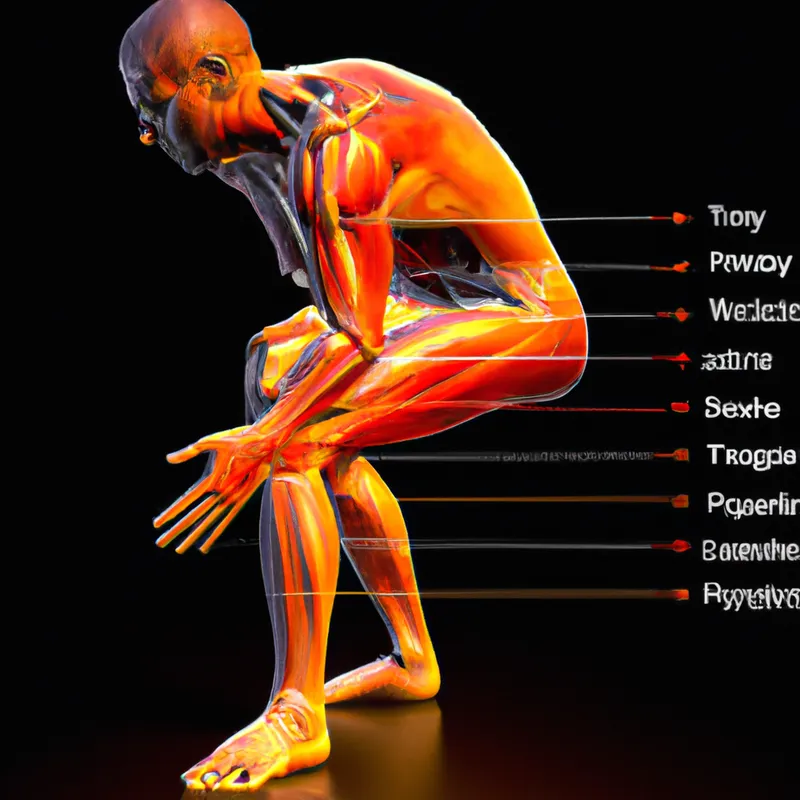Mastering Flexibility: Key to Athletic Success
Exploring the Role of Flexibility in Athletic Performance
Athletic performance combines strength, speed, endurance, and agility. Flexibility, often overlooked, plays a crucial role in success. It impacts range of motion, injury prevention, recovery, and overall performance. This blog post explores flexibility’s importance, offers tips for improvement, and discusses its benefits.
Why Flexibility Matters
Flexibility enables athletes to achieve optimal movement patterns. This capability is vital for executing skills with precision and power. Free-moving muscles and joints allow athletes to perform actions effectively. Improved range of motion enhances coordination and balance, boosting performance across sports.
Range of Motion
A greater range of motion benefits athletes in their sports. Gymnasts depend on flexibility for complex routines. Swimmers gain from a full range of motion in their strokes. In basketball, flexibility aids quick cuts, higher jumps, and safer landings. Maintaining good flexibility directly impacts an athlete’s success.
Injury Prevention
Flexibility significantly aids injury prevention. Tight muscles and joints can cause strains and sprains, especially in high-impact sports. Athletes who maintain flexibility reduce their injury risk. This reduction leads to fewer missed training and competition days, ensuring consistent performance. Flexible muscles and joints handle sudden movements better, lowering injury likelihood.
Recovery and Rehabilitation
Flexibility plays a critical role in recovery. After intense workouts, muscles often tighten and fatigue. Stretching alleviates tightness, promotes blood flow, and reduces soreness. Athletes prioritizing flexibility usually recover faster, returning to training with minimal downtime. This consistent recovery fosters ongoing performance improvement.
Tips to Improve Flexibility
Improving flexibility requires dedication and a structured approach. Here are effective tips to help athletes enhance their flexibility.
Incorporate Stretching Routines
A structured stretching routine is essential for athletes. Dynamic stretching works well before workouts, warming muscles for action. Common dynamic stretches include leg swings, arm circles, and lunges with a twist. Static stretching should occur after workouts to cool down and improve flexibility. Hold stretches for 15 to 30 seconds to elongate muscles.
Aim for at least 15 to 30 minutes of stretching daily, focusing on major muscle groups.
Conclusion
Flexibility plays a vital role in athletic performance, enhancing movement, preventing injuries, and aiding recovery. Prioritize flexibility for better athletic success.
Below are related products based on this post:
FAQ
Why is flexibility important for athletes?
Flexibility is crucial for athletes as it enhances their range of motion, allowing for optimal movement patterns. This improved flexibility aids in executing skills with precision and power, which is essential for success in various sports.
How does flexibility contribute to injury prevention?
Flexibility helps in injury prevention by reducing the risk of strains and sprains. Tight muscles and joints are more susceptible to injuries, especially in high-impact sports. By maintaining flexibility, athletes can better handle sudden movements, thereby lowering the likelihood of injuries.
What are some effective ways to improve flexibility?
To improve flexibility, athletes should incorporate structured stretching routines. Dynamic stretching before workouts and static stretching after workouts are effective methods. Aim to stretch for at least 15 to 30 minutes daily, focusing on major muscle groups to enhance flexibility.















Post Comment